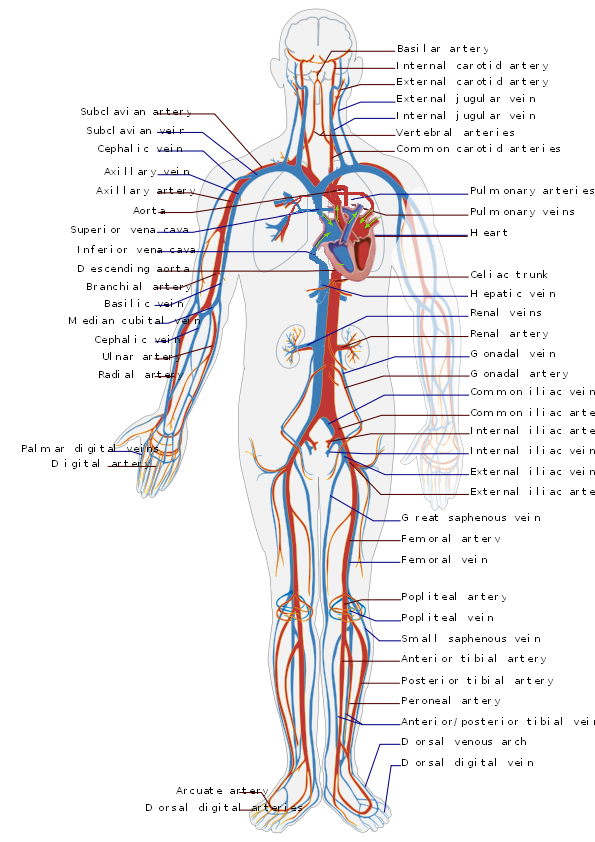

How Your Body Functions (or Doesn’t) When Circulation is Poor
- by Life Priority
- No Comments
- Post Views: 58

As we are in the thick of winter it is easy to relate being cold to poor circulation, but when you really dissect the problem of poor blood circulation it actually leads to a multitude of issues. It is important to understand the symptoms of restricted blood flow so you can address the matter early on before it becomes a more life threatening complication.
As mentioned, poor circulation can result in feeling cold especially in the extremities, even when you’re not in a cold environment. Other mild, but irritating symptoms include, numbness and tingling of limbs, muscle cramps, and dry skin.
As circulation worsens, the musculoskeletal system becomes more affected. Muscle aches and pains become more heightened and depending on the severity of the restriction, muscles can even begin to atrophy to the point where they become dysfunctional. Poor circulation in the legs specifically, can result in peripheral artery disease (PAD).
Like any other muscle, the heart can be greatly affected by poor circulation. Just like the aches and pains experienced in the muscles, the heart can ache and chest tightness can ensue. Many times, poor circulation is due to blockages in arteries that can also result in more serious conditions like heart attacks, heart disease and stroke.
Hypertension is a circulatory disease that results in poor circulation. Blood pressure readings are based off of how hard your heart is pumping and the diameter and stiffness of your arteries. Imagine you have a large glass of water and you are only given a cocktail straw to drink it. The effort exerted to get the liquid through the cocktail straw is going to be a lot stronger than if you had been offered a regular drinking straw. When arteries are stiff and small in diameter the heart has to work harder to get enough blood pumped through these small, non-pliable tunnels. When circulation is limited in this manner, all of the mentioned symptoms can occur.
Poor circulation is tricky because it literally can affect all of the body’s functions. It makes physical movement more difficult, it makes skin drier, and it can make you lose your sense of touch sensation. Many of these symptoms can also result from many different conditions so it is important to consult your doctor to help rule out anything that could potentially be life threatening. Treatment of poor circulation could result in medication, dietary supplementation, lifestyle changes, and/or medical procedures.
Pay attention to what your body is telling you and take the necessary steps to combat your poor circulation problems today. Be sure to talk to your doctor ASAP if you’re concerned about potential heart issues.
Sources:
https://www.health.harvard.edu/heart-health/peripheral-artery-disease
https://www.health.harvard.edu/blog/peripheral-artery-disease-often-silent-sometimes-deadly-potentially-preventable-201210245448
https://www.health.harvard.edu/pain/when-chest-pain-strikes-what-to-expect-at-the-emergency-room
https://www.health.harvard.edu/heart-health/angina-and-its-silent-cousin
https://www.health.harvard.edu/family-health-guide/heart-blood-vessels-and-circulation
https://www.health.harvard.edu/newsletter_article/blood-pressure-and-your-brain
https://www.healthline.com/health/poor-circulation-symptoms-causes#Symptoms2
These statements have not been evaluated by the Food and Drug Administration.
These products are not intended to diagnose, treat, cure, or prevent any disease.
Sign up for emails from OneHeartNetwork.com:
By providing your email address, you are agreeing to our privacy policy.
RECOMMENDED




